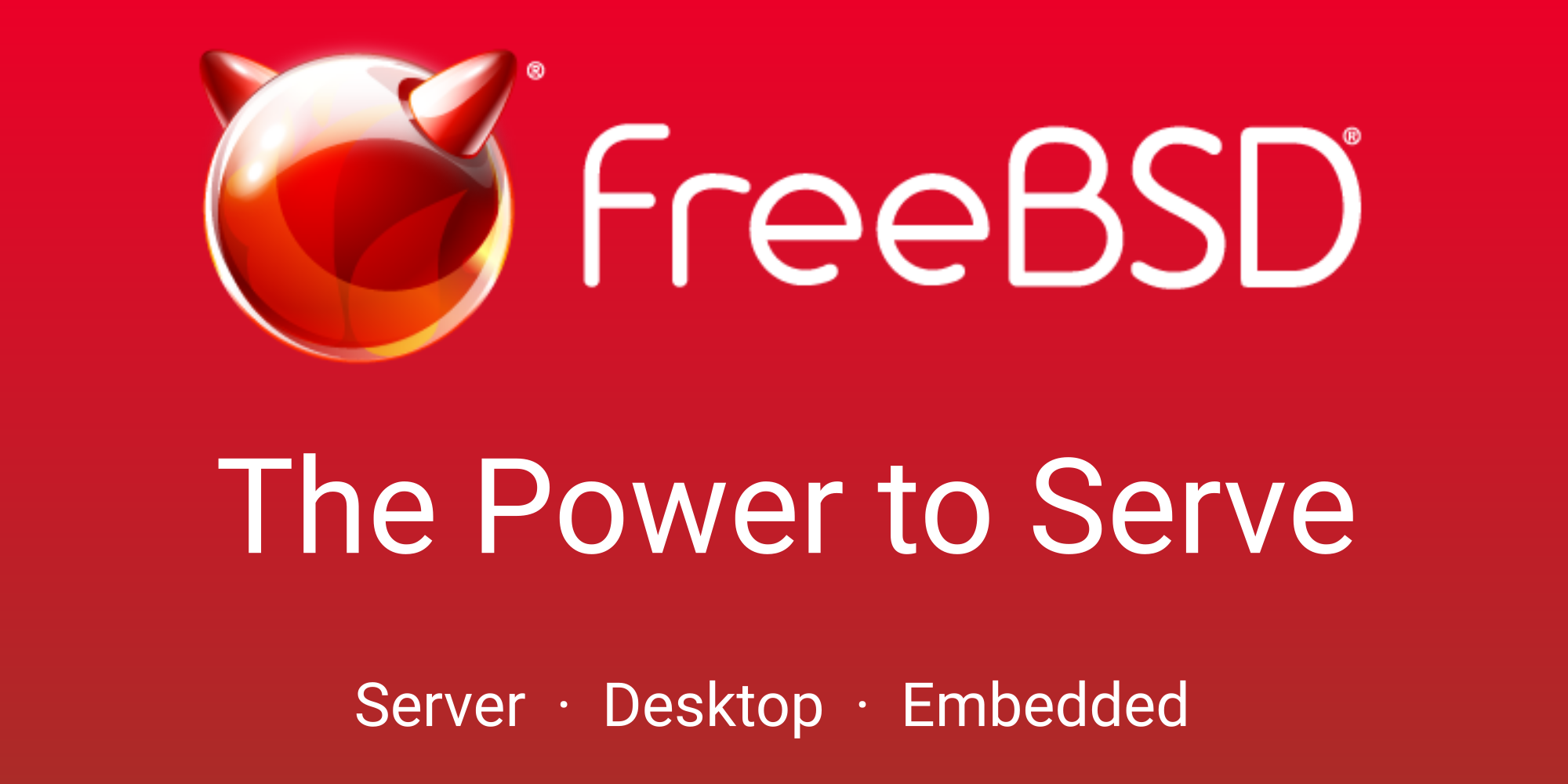TL;DR: how do I install the FreeBSD bootloader on a different drive?
Hi. I've got an old desktop that I'm committed to keep current, it presents some interesting challenges which require some creative thought.
After using SATA SSDs for a while which, due to the age of the motherboard, are being throttled themselves to SATA II, I've since learnt about using PCIe M.2 NVMe boards. OK, yes the NVMe card is still going to be throttled by the PCIe version being 2.0, but allegedly, data transfer speed should increase four fold. I've got bugger-all else planned this weekend and the expansion cards weren't that expensive so I thought I'd give it a go.
The main hurdle is that the motherboard isn't going to recognise the PCIe NVMe drive as a bootable device.
My thinking to work around this is to 'dd' my current installation from the current SATA SSD over to the NVMe card, and then use a small cheap blank SSD in its place, so the storage will be limited to the NVMe card with the FreeBSD 13.2 installation, and the small empty SATA SSD. I can then install some kind of bootloader on the SATA SSD that the computer will boot (in legacy BIOS mode) and then some bootloader can boot the FreeBSD installation on the NVMe card.
I'm pretty sure I could do this by installing grub on the SATA SSD that would detect and then chainload to the FreeBSD bootloader on the NVMe, but ideally I don't want that extra step, and just want the FreeBSD loader to fire up and load the system from the NVMe as if it were all on one drive. Anyone got any thoughts on how the bootloader could be installed and configured on a separate drive?
Alternatively, I suppose I could create a new install on the SATA SSD and just have select partitions with mountpoints like /etc/, /var/ and /home on the NVMe which would likely be just as effective in userland speed enhancements.
By the way, I'm not using ZFS, just UFS. Not got my head around zfspool just yet and that's a different project.
Apologies for all the verbose, it's a feature.
Hi. I've got an old desktop that I'm committed to keep current, it presents some interesting challenges which require some creative thought.
After using SATA SSDs for a while which, due to the age of the motherboard, are being throttled themselves to SATA II, I've since learnt about using PCIe M.2 NVMe boards. OK, yes the NVMe card is still going to be throttled by the PCIe version being 2.0, but allegedly, data transfer speed should increase four fold. I've got bugger-all else planned this weekend and the expansion cards weren't that expensive so I thought I'd give it a go.
The main hurdle is that the motherboard isn't going to recognise the PCIe NVMe drive as a bootable device.
My thinking to work around this is to 'dd' my current installation from the current SATA SSD over to the NVMe card, and then use a small cheap blank SSD in its place, so the storage will be limited to the NVMe card with the FreeBSD 13.2 installation, and the small empty SATA SSD. I can then install some kind of bootloader on the SATA SSD that the computer will boot (in legacy BIOS mode) and then some bootloader can boot the FreeBSD installation on the NVMe card.
I'm pretty sure I could do this by installing grub on the SATA SSD that would detect and then chainload to the FreeBSD bootloader on the NVMe, but ideally I don't want that extra step, and just want the FreeBSD loader to fire up and load the system from the NVMe as if it were all on one drive. Anyone got any thoughts on how the bootloader could be installed and configured on a separate drive?
Alternatively, I suppose I could create a new install on the SATA SSD and just have select partitions with mountpoints like /etc/, /var/ and /home on the NVMe which would likely be just as effective in userland speed enhancements.
By the way, I'm not using ZFS, just UFS. Not got my head around zfspool just yet and that's a different project.
Apologies for all the verbose, it's a feature.


